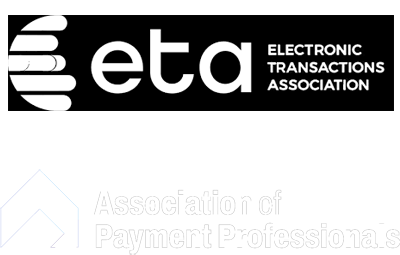29 Jun

As a business owner, understanding the cost structures and pricing models of credit card processing is crucial for managing your financial operations effectively. In this comprehensive guide, we will explore various pricing structures, including interchange-plus pricing, flat-rate pricing, surcharge merchant accounts, cash discount merchant accounts, and tiered pricing merchant accounts. By the end, you’ll have a clear understanding of these models and gain valuable insights on how to secure a good rate for credit card processing.
Credit Card Processing Company Pricing Structures
Pricing Structures Overview
Credit card processing companies employ different pricing structures to charge fees for their services. Understanding these structures is essential to accurately assess costs and make informed decisions.
Interchange-Plus Pricing
Interchange-plus pricing is a transparent model where merchants pay the interchange fees set by the card networks, plus a processor’s markup. It provides visibility into the specific costs associated with each transaction. The processor mark-up is their profit margin on your volume of sales. This type of plan was once only reserved for large companies, but over the last decade it has become more mainstream.
Flat-Rate Pricing
Flat-rate pricing simplifies the fee structure by charging a fixed percentage or a flat fee per transaction. This model offers convenience and ease of understanding, especially for businesses with low transaction volumes.
Surcharging Merchant Accounts
What is a Surcharging Merchant Account?
A surcharging merchant account allows businesses to pass the cost of credit card processing fees onto the customers by adding a surcharge to the transaction. This enables merchants to offset processing costs effectively. This is a newer style of processing and currently banned in Connecticut and Massachusetts.
Considerations for Surcharging
Surcharging regulations vary by region and card network. Businesses must adhere to legal requirements and clearly communicate any surcharges to customers to ensure transparency and compliance.
Cash Discount Merchant Accounts
What is a Cash Discount Merchant Account?
A cash discount merchant account encourages customers to pay with cash by offering a discount for cash transactions. This helps offset processing fees as merchants avoid the costs associated with credit card transactions.
Considerations for Cash Discounting
Cash discounting may have specific legal requirements and restrictions depending on your jurisdiction. It is essential to comply with applicable laws and communicate the cash discount policy clearly to customers. Simply adding on a fee for someone who pays with a card is not a true cash discount program. Your advertised price should reflect your card price and if there is discount applied to a customer for paying cash it would be a reduction of that advertised price.
Tiered Pricing Merchant Accounts
What is Tiered Pricing?
Tiered pricing, also known as bundled pricing, categorizes transactions into tiers or rate levels. Each tier has a predetermined rate based on factors such as transaction type, card type, and risk level. There is a base tier which is called Qualified, there is a mid tier which is called Mid-Qualified and there is a high tier called Non-Qualified. Rewards points programs are also a factor in a cards interchange rate which would play a role into which tier that card recognized as.
Considerations for Tiered Pricing
While tiered pricing offers simplicity, because you will only pay one of three possible rates. It can be less transparent compared to interchange-plus pricing. Merchants should carefully review the rates and tiers to ensure they align with their transaction patterns and business needs.
What’s a Good Rate for Credit Card Processing?
Factors Affecting Credit Card Processing Rates
Several factors influence credit card processing rates, including the type of business, how the business accepts cards (card present transaction vs card not present), average transaction value, monthly transaction volume, risk level, and the chosen pricing structure. Rates can vary widely, typically ranging from 1% to 3% or more.
Securing a Good Rate
To secure a good rate for credit card processing, consider factors such as transaction volume, average ticket size, industry benchmarks, and the competitiveness of the market. Comparing multiple offers from reputable processors can help you negotiate better rates. PayBlox is the first merchant account marketplace that takes all the hassle out of finding the right processor. Our platform matches your business metrics with a payment processors underwriting preferences and allows the processor the opportunity to offer a competitive rate.
Assessing the Advantages and Disadvantages
Understanding the different cost structures of credit card processing, including interchange-plus pricing, flat-rate pricing, surcharging merchant accounts, cash discount merchant accounts, and tiered pricing merchant accounts, is essential for business owners. By assessing the advantages and considerations of each pricing model and considering factors that impact credit card processing rates, you can make informed decisions that align with your business goals. Remember to explore competitive offers, negotiate rates, and ensure compliance with relevant regulations. With these insights, you can navigate the credit card processing landscape more effectively and optimize your financial operations.






